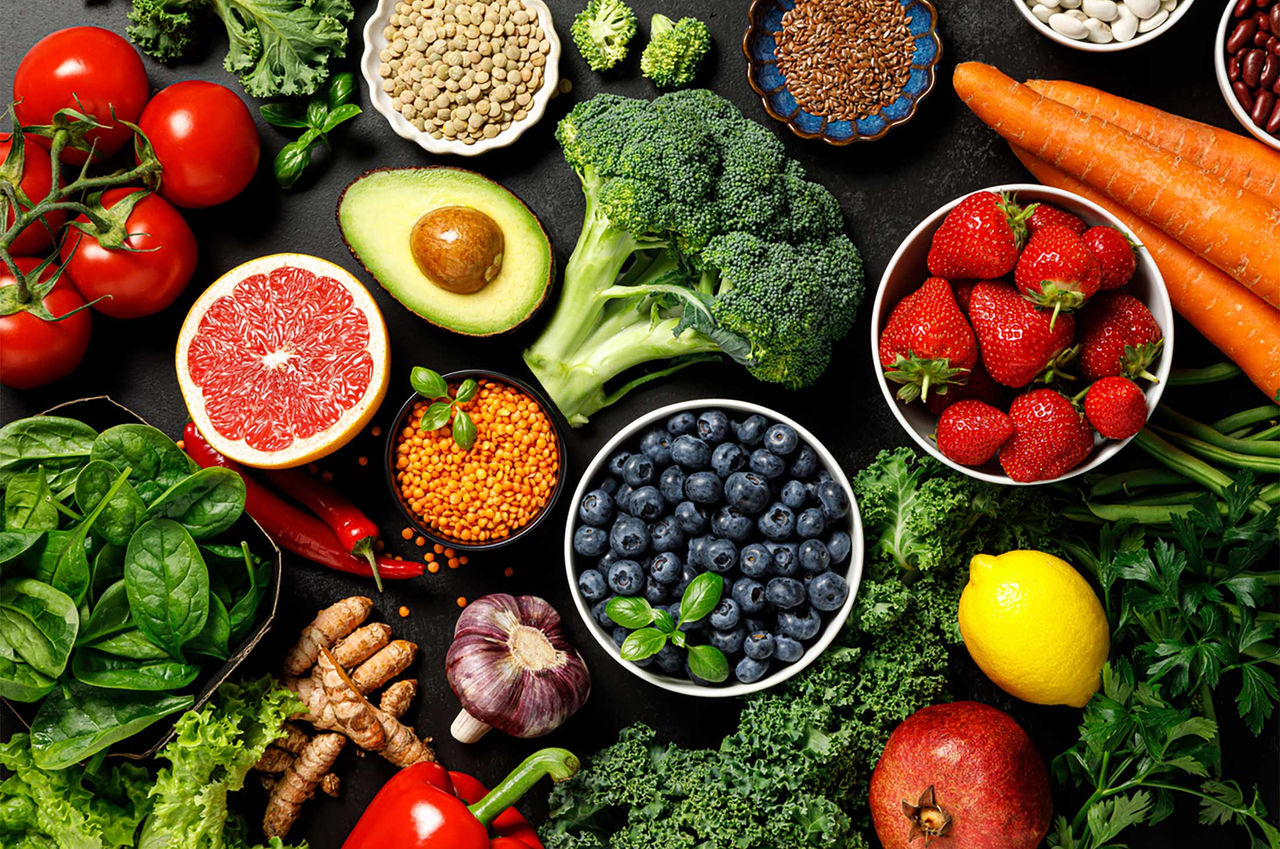-
- Find Care
-
- Visitor Information
- Find a Location
- Shuttles
- Visitor Policies
-
-
- Our Virtual Care Options
- Virtual Urgent Care
- Virtual Visits for Primary & Specialty Care
- Online Second Opinions
- Participate in Research
-
- Contact us
-
- For Innovators
- Commercialization Guide for Innovators
-
-
- Research News
- Alzheimer's Disease
- Artificial Intelligence
-
- Overview
-
- Overview
- Getting Started
- New to Mass General Brigham
- International Patient Services
- What Is Patient Gateway?
- Planning Your Visit
- Find a Doctor (opens link in new tab)
- Appointments
- Patient Resources
- Health & Wellness
- Flu, COVID-19, & RSV
- Billing & Insurance
- Financial Assistance
- Medicare and MassHealth ACOs
- Participate in Research
- Educational Resources
- Visitor Information
- Find a Location
- Shuttles
- Visitor Policies
- Find Care
-
- Overview
- Our Virtual Care Options
- Virtual Urgent Care
- Virtual Visits for Primary & Specialty Care
- Online Second Opinions
-
- Overview
- Participate in Research
-
- Overview
- About Innovation
- About
- Team
- News
- For Industry
- Venture Capital and Investments
- World Medical Innovation Forum (opens link in new tab)
- Featured Licensing Opportunities
- For Innovators
- Commercialization Guide for Innovators
- Contact us
-
- Overview
- Information for Researchers
- Compliance Office
- Research Cores
- Clinical Trials
- Advisory Services
- Featured Research
- Two Centuries of Breakthroughs
- Advances in Motion (opens link in new tab)
- Brigham on a Mission (opens link in new tab)
- Gene and Cell Therapy Institute
- Research News
- Alzheimer's Disease
- Artificial Intelligence
-
- Overview
-
- Overview
- Residency & fellowship programs
- Brigham and Women's Hospital
- Massachusetts General Hospital
- Mass Eye and Ear
- Newton-Wellesley Hospital
- Salem Hospital
- Integrated Mass General Brigham Programs
- Centers of Expertise
- Global & Community Health
- Health Policy & Management
- Healthcare Quality & Patient Safey
- Medical Education
- For trainees
- Prospective trainees
- Incoming trainees
- Current trainees
- Continuing Professional Development
Multiple Sclerosis (MS) Diet

Multiple sclerosis (MS) is an autoimmune disease that occurs when your immune system attacks a fatty substance (myelin) that protects nerves in your brain and spinal cord. MS causes inflammation and damage that affects movements, sensations, and vision.
People with this lifelong condition often have flare-ups of MS symptoms followed by periods of few or mild symptoms (remission). While there isn’t a cure for MS, medications can help. The foods and drinks you choose also can make a difference, says Nancy Oliveira, MS, RD, LDN, a Mass General Brigham dietitian and manager of the Nutrition and Wellness Service at Brigham and Women’s Hospital.
“We know inflammation brought on by MS affects how you feel,” says Oliveira. “That’s why it’s important to choose anti-inflammatory foods that ease inflammation, while limiting foods that worsen it.”
Is there an MS diet?
There isn’t a scientifically validated MS diet. However, the Wahls Protocol and McDougall diet are touted as MS diets.
“The Wahls Protocol is similar to a paleo diet. It limits most dairy, whole grains, and legumes,” says Oliveira. “The McDougall diet follows a low-fat vegan plan, eliminating all animal products in favor of high-fiber carbohydrates.”
Oliveira cautions there’s scant evidence that either “MS diet” is beneficial.
“The few studies on these dietary plans followed a small number of people for a short period of time, which isn’t helpful given that MS is a progressive, lifelong disease,” she says. “Plus, both dietary plans are restrictive. In addition to missing out on healthy dietary fats and nutrients that fuel your brain and body, these plans can be extremely difficult to stick to.”
What is the best diet for MS?
It turns out that what’s good for your heart health is also good for brain health. “Heart-healthy meal plans support blood vessels and blood flow to your heart and brain,” says Oliveira. “They also aid nerve cell repair.”
These diets focus on plant-based foods, which help promote a healthy gut microbiome. “When bacteria in your digestive tract break down fiber in plant foods, they release anti-inflammatory chemicals that support your immune system and reduce inflammation,” says Oliveira.
These anti-inflammatory meal plans may help when you have MS:
- Dietary Approaches to Stop Hypertension (DASH) diet
- Mediterranean diet
- Mediterranean-DASH Diet Intervention for Neurodegenerative Delay (MIND) diet
- Harvard Healthy Eating Plate
Foods to eat with MS
The diets cited above are helpful guides, but you don’t have to follow them to a tee. It’s the range of foods these diets encourage that really matter, such as:
- Plant-based foods, including fruits, vegetables, whole grains, beans, legumes, nuts, and seeds
- Fatty fish, such as salmon, tuna, and halibut
- Gut-healthy foods with probiotics, such as yogurt and fermented foods like kefir
- Lean proteins like chicken and tofu
- Low-fat milk and dairy products
Foods to avoid with MS
You should limit foods and drinks that cause inflammation, such as:
- Red meat, processed meats, high-fat dairy products, and other foods high in saturated fat or cholesterol
- Sugary drinks and foods
- Ultra-processed foods, such as cookies, chips, and fast food
- Alcohol (no more than 1 drink per day for women or 2 drinks per day for men, according to the Centers for Disease Control and Prevention)
Eating better when you have MS
MS can cause a host of symptoms, including pain, fatigue, muscle weakness, loss of sensation, and vision changes. MS can also make it harder to swallow and feel your tongue (MS tongue). “It’s hard to eat well when you’re not feeling well,” says Oliveira. “You shouldn’t feel bad if your diet isn’t perfect. When you’re coping with a progressive illness, any little change can make a difference.”
These suggestions can help when you have MS:
- Ask for help: Family and friends often want to help. But they can’t know what you need unless you tell them. Ask for help with grocery shopping, meal prep, or providing you with a few nutritious meals.
- Be a smart shopper: Use a heart-healthy grocery list to guide shopping decisions and avoid impulse buys. Set up your list by store section so you (or your shopping helper) get through the store faster.
- Choose soft, moist foods: If you have difficulty swallowing, make smoothies with Greek yogurt, protein powder, berries, nut butters, flaxseeds, and anything else you enjoy. You can also make a salmon spread by blending drained canned salmon with olive oil and beans of your choice.
- Don’t overlook canned products: You can add lots of things to canned soup, says Oliveira. If you don’t like low- or no-sodium versions, buy regular canned soup and dilute it (4 cups of water to 1 regular can of soup). Toss in cubed tofu, spinach leaves, cannellini beans, precooked turkey meatballs, diced carrots, and whatever else is in the fridge.
- Get help with groceries: If fees for grocery delivery aren’t in your budget, ask family members or friends to shop for you. Some stores allow you to shop online for free and then have a family member pick them up for you.
- Make every bite count: If you don’t have much appetite, or you need to put on a few pounds, nibble on nutrient dense foods with healthy fats in small amounts throughout the day. Try nuts, nut butters, seeds, reduced-fat cheese, and avocado slices.
- Meal prep once a week: Cut up fruits and vegetables to have throughout the week. Cook several chicken breasts, make a bean salad, or prepare a soup or stew that’s easy to reheat.
- Shop the frozen foods section: Frozen fruits and vegetables (without added salt or sugar) have similar nutrients as fresh produce. Oliveira also recommends lean precooked protein sources like veggie burgers, canned beans, skinless chicken strips, turkey burgers, and turkey meatballs.
It’s helpful to have a registered dietitian on your care team. “A dietitian can make recommendations based on your food preferences and issues like difficulty swallowing or loss of appetite,” says Oliveira. “They can ensure you’re getting the nutrients you need, so you have the energy and focus to manage this lifelong journey.”
